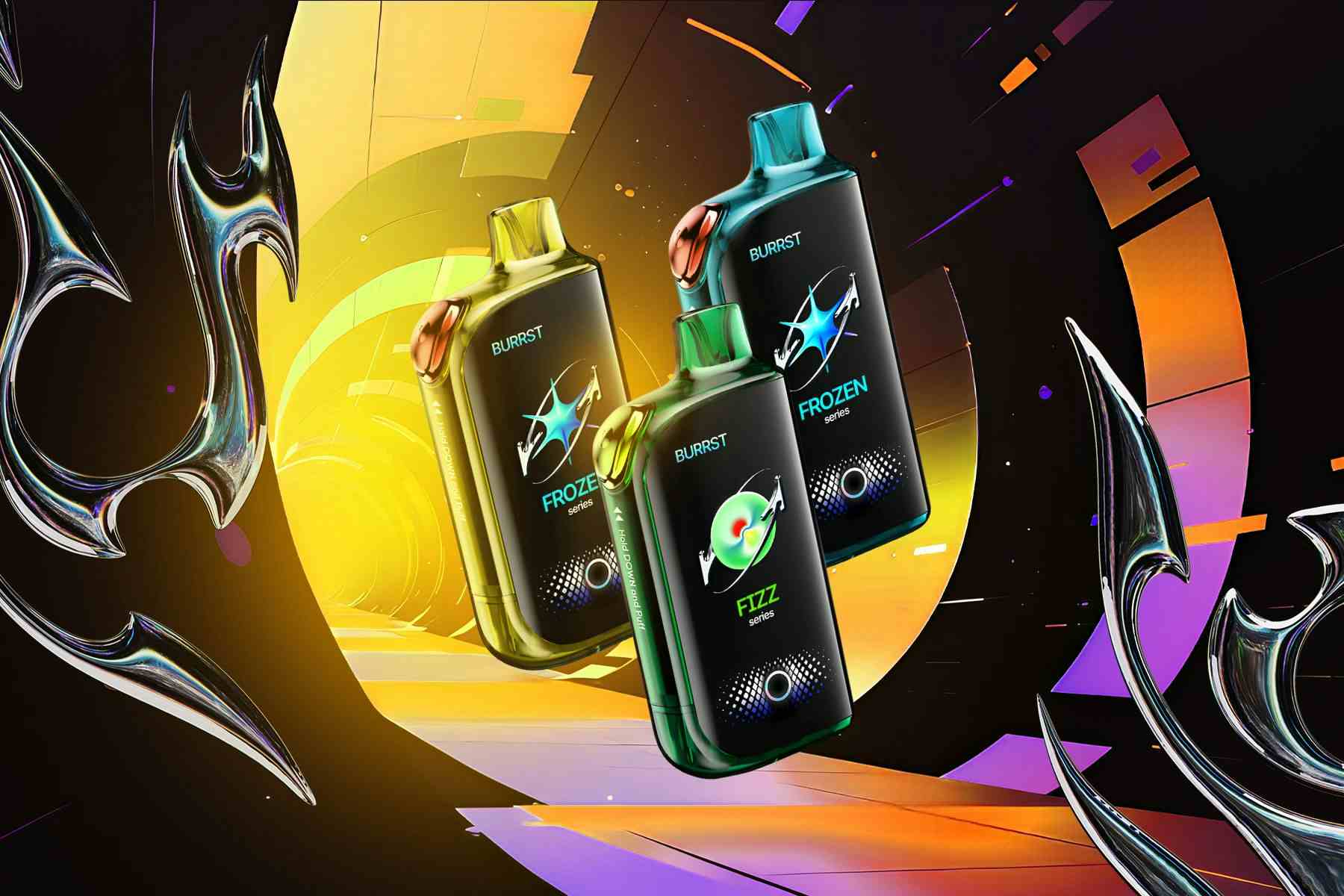Understanding Airflow Designs in Vaping
In the world of vaping, airflow design plays a crucial role in determining the overall experience of the user. Different airflow configurations can significantly impact the flavor, vapor production, and throat hit. This article aims to explore how various airflow designs affect vaping and provide a detailed guide for vapers looking to optimize their setups.
The Importance of Airflow

Airflow is essential in a vape device because it influences two key factors: temperature and density of the vapor. When airflow is increased, the temperature of the vapor decreases, resulting in a cooler inhale. Conversely, restricted airflow can lead to warmer vapor and increased throat hit. Understanding this balance is vital for achieving a satisfying vaping experience.
Types of Airflow Designs
Vaping devices primarily utilize two types of airflow designs: restricted and open. Each design offers unique characteristics that cater to different preferences.
1. Restricted Airflow: This design often features smaller airholes or adjustable airflow settings that create a tighter draw. It is typically favored by those who enjoy mouth-to-lung (MTL) vaping, as it replicates the sensation of smoking traditional cigarettes. This setup tends to enhance flavor concentration and provides a warmer hit, making it ideal for nicotine salts or higher nicotine e-liquids.
2. Open Airflow: Devices with open airflow designs boast larger airholes that allow for a more direct lung (DL) hit. This configuration is popular among sub-ohm vapers who prioritize massive vapor production and cloud chasing. The increased airflow allows users to take larger puffs, resulting in cooler vapor and less throat hit, making it suitable for lower nicotine levels and higher VG e-liquids.
Adjustable Airflow Mechanisms
Many modern vape devices come equipped with adjustable airflow systems, allowing users to customize their experience. Some common mechanisms include:
– Airflow Control Rings: These rings can be twisted to expose or cover airholes, providing a quick way to alter the airflow according to preference.
– Dual or Triple Airflow Ports: Devices with multiple airflow ports can help distribute airflow more evenly, enhancing vapor production and flavor.
– Top or Bottom Airflow: The placement of the airflow can also influence the vaping experience. Bottom airflow tends to create denser clouds due to the airflow directly hitting the coil, while top airflow tends to reduce leakage and enhance flavor.
Choosing the Right Airflow Design
Selecting the proper airflow design depends on personal preferences and the type of e-liquid being used. A beginner might find MTL devices more suitable for ease of use, while experienced vapers might gravitate towards DL setups for more extensive customization and larger clouds.
It is essential to experiment with different devices and airflow configurations to find what works best for your vaping style. Ultimately, the right airflow design can transform an ordinary vape into a delightful experience, making understanding airflow in vaping an integral part of any vaper’s journey.
In conclusion, airflow design is a pivotal factor in achieving an ideal vaping experience. By understanding the nuances of airflow types, adjustable mechanisms, and personal preferences, vapers can tailor their setups to enhance flavor and enjoyment, leading to an elevated vaping routine.





